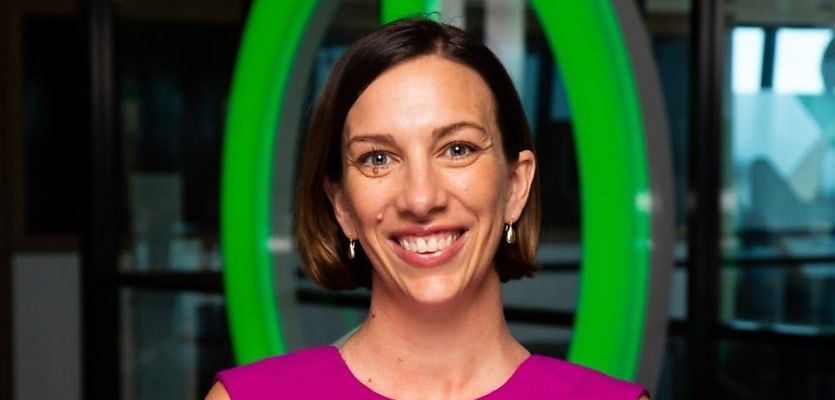With a majority of global stakeholders united on focusing on future sustainability, one expert has indicated a “rethink” in the design and operation of buildings is necessary to keep the real estate sector in the race.
With buildings contributing to 40 per cent of global emissions, it’s time to alter the way Australia constructs, operates, and maintains buildings if the nation has any hope of meeting net zero emission targets by 2050, said Louise Monger, vice president at Digital Buildings, at a recent innovation summit.
While conceding that the “dramatic change” to “more sustainably efficient buildings won’t happen overnight,” she insisted that it is a crucial step to take, particularly for businesses actively trying to achieve their own emissions goals.
Even for those businesses without climate consciousness at the forefront of their operational values, Ms Monger explained cost is an added benefit of the transformation.
“Five years ago, the cost of change was a large prohibitor for many companies. However, inflation is driving the need for greater operational efficiency, and sustainability targets are creating the requirement for sustainability reporting, so the investment in this technology is becoming not just viable but an absolute necessity in Australia,” she said.
Noting how five years ago the real estate industry had its eyes set on “making the smartest building with the latest technology,” she explained that “without a consistent approach and architecture, it becomes difficult to manage.”
Now, given the industry’s attention on the “aggregation of data so that they can effectively manage a relationship between building owner, manager, and occupant,” the expert believes this trend “has been a large factor to the transition to smart portfolios that will drive these operations.”
“Given the size of Australia and how far and widespread our retail is, retailers need to begin thinking about how they can manage and control their assets remotely,” she said, adding that “utilising connected devices has the power to drive efficiency across geographically dispersed portfolios.”
She targeted three main sectors of the commercial building sector: retail, healthcare, and real estate, which are in line for dramatic changes.
Speaking specifically on the healthcare sector, Ms Monger said all-electric hospitals, supported by integrated digital systems, will be the biggest enabler of the industry adopting the net-zero race.
“We are already seeing a huge shift to sustainability across the healthcare industry, so much so that it is catching up to real estate and other areas that have been on this journey for a considerably longer period of time,” she said.
With electricity set to become a “more reliable energy source in the long run,” she stated the time is now to “make plans in order to reap the benefits of transitioning away from gas.”
Ms Monger declared, “If we are going to achieve net zero, these decisions need to be taken today.”
“It will be challenging and there will be hurdles; however, the removal of non-electric sources such as gas from Australian buildings is critical. It’s complex, but the time to start envisioning a generation without dirty power is now,” she concluded.







You are not authorised to post comments.
Comments will undergo moderation before they get published.